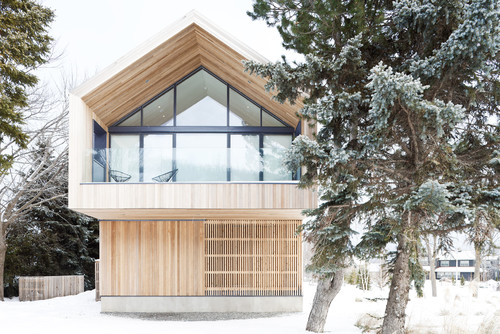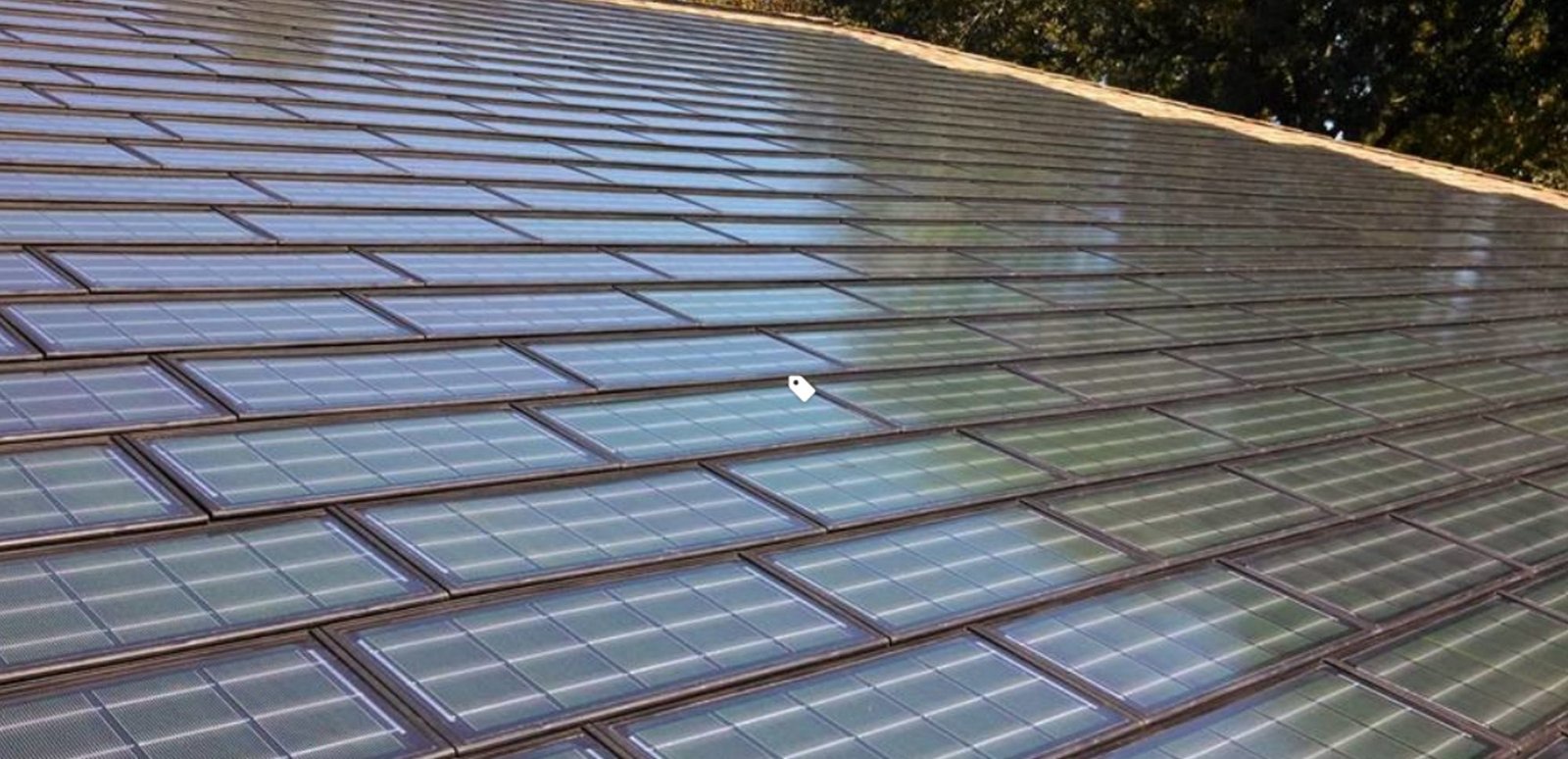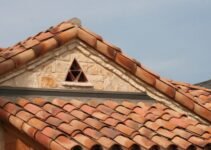Do You How to Estimate Your Roof Pitch?
In building construction, roof pitch is a numerical measure of the steepness of a roof, and a pitched roof is a roof that is steep.
Roof pitch is always a consideration when getting a roof estimate. Why?
The steeper the roof the more difficult will be to install roofing.
Whether you’re buying a home or repairing your existing roof, knowing a bit about roof pitch is important.
You should know that, many roofers will not do steeper pitched roofs, since steeply pitched roofs can be dangerous for a roofer. In fact, a roof pitch that has a gradient of more than 15 degrees is generally considered a steep roof.
However, most roofing contractors base the price of any roofing working upon the pitch of a roof. In fact, you may classify roof slopes into three basic categories:
1. Low Roof Pitch/Slope – This type of roof would have at least a 3:12 pitch, which means that a roof rises 3 feet for every 12 feet of its base horizontal length (not greater than5:12).
Roofing: This type of roof is considered to be “walk-able“, and easy for performing a roof installation.
2. Medium Roof Pitch/Slope – The roof of this type would fall within 6:12 – 9:12 roofing slope range.
Roofing: These roofs with intermediate pitch / average slope roofs are considered to be “non walk-able”, as they represent a higher degree of complexity, therefore they are more expensive to install. They require special equipment such as roofing jacks, and planks in order to be able to perform the roofing installation.
3. High/Steep Roof Pitch/Slope – Roofs in this category have a slope that is greater than 9 inches of rise for every foot of horizontal roof’s run.
Roofing: The high slopped roof is, perhaps, the most difficult and dangerous roofing surface to work on. You may expect to pay a higher price for this type of roof per square of installation. Any roof and especially steep roofs require the use of a special protections and fall arrest equipment.

Photo by Peter A. Sellar – Architectural Photographer – Search exterior home design ideas
Other notes on roof pitch: The labor for doing any kind any kind of work on steep pitched roofs goes up as the pitch increases.
- Chimney sweep
Gutter cleaning
Roof repairs; Painting
Tree trimming (from roof)
Benefits of a Steep Roof
Even though your roof pitch determines the price of any roofing work, homes should not be disregarded solely based upon a steep roof. In fact, homes that have steeper roofs often have many benefits.
a) Shingles that are placed on steeper roofs tend to last longer.
b) Roofs with a large pitch can also be aesthetically appealing.
c) They do not allow water or moisture to gather, so they are fit for wet or humid weather areas.
d) When you are turning the attic into a living space, having the steeper roof creates a ton of head room compared to normal roofs.
Roof Measuring Mistakes May Cost You Thousands
It is known that a roofing project can be a great expense for the home owner. Measuring your roof’s pitch isn’t as daunting as you might think. The pitch, or slope, of a roof is expressed as the distance a roof raises vertically over a 12-inch horizontal distance. So a roof that rises 6 inches vertically for every 12 inches horizontally has a 6/12 pitch.
However, you should know that roof measuring mistakes may cost you thousands. For example, n metal roofing, which typically costs three to four times what the regular roof may cost, a small mistake in estimating roof size can cost us 3 times more than a similar mistake in an estimate for a regular roof.
No matter what type of roof you are considering, a precision and accuracy in measuring and estimating your roof size can go along way and save you a lot of money.
Advantages and Disadvantages of Slate Roofs (howtobuildahouseblog.com)



